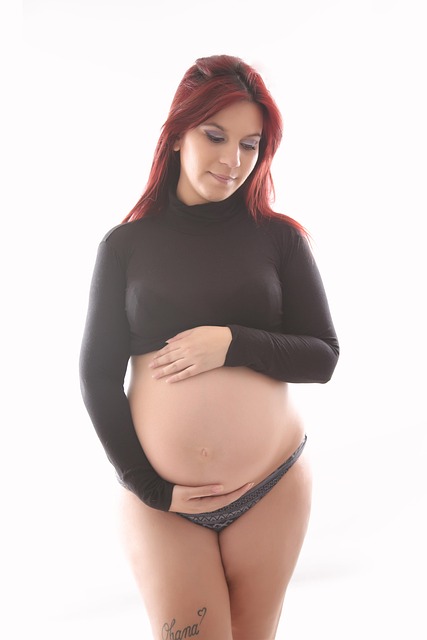Updated: Aug. 3, 2016 | Originally Published: Jan. 30, 2012
This year, one of my primary objectives has been to declutter my home. And I mean really declutter. This venture goes beyond simply sorting through toys, shredding outdated documents, and clearing out clothes that I haven’t worn in ages. It’s about envisioning a life that feels lighter and more enriching, built on the belief that I can thrive with less. It means retaining what I truly need and mustering the courage to part with things that no longer serve me. Like a T-shirt from a charity run or a concert ticket stub; the memories they evoke remain intact, regardless of their presence.
As I wander through my home, evaluating the myriad items within it and asking myself whether to keep or toss, I’ve realized that the reasons we cling to possessions—guilt (the kids’ stuffed toys), hope (my size-four jeans), nostalgia (the shoes from my wedding), and despair (my late dog’s adorable bee costume)—often mirror the same reasons we ultimately find the strength to let them go.
Eight years ago, I crafted a bowl during a pottery class while on a summer vacation in Colorado. I chose the class out of necessity; I was five months pregnant and limited in my activity choices at the sprawling resort near Telluride. Horseback riding, biking, rock climbing, and even sipping a drink in the lobby were off the table for me. Just walking to the spa for a prenatal massage left me breathless due to the altitude.
The bowl I created was both ugly and beautiful—ugly in its lopsidedness and beautiful because it was a piece of my own making. The resort kindly shipped it to me when we left, and surprisingly, it arrived unscathed. It survived several moves before finding its final place on the small white shelf above the toilet (because where else would it go?).
I should have discarded it upon its arrival; it truly was an eyesore. Yet, I kept it because it evoked the joy of that summer spent in the blissful second trimester of my first pregnancy. The nausea of the early weeks had faded, my belly was pleasantly round, and I had all the time in the world to dream about strollers, diaper bags, and baby names. It felt magical.
But my connection to that bowl runs deeper. While that was my first pregnancy, it wasn’t technically the first I had experienced. A year and a half earlier, I found myself on a family cruise in the Caribbean when I took a home pregnancy test that changed everything. I rushed to my doctor, who offered a cheerful warning about drinking the water in Mexico, promising an ultrasound upon my return.
What I remember vividly about that trip, aside from the night I miscarried, is the abundance of Christmas cookies everywhere. There was not a room on that ship without a display of perfectly decorated treats.
Just days after we returned home, I was hospitalized. Despite the severe pain I felt during the cruise, my tests indicated I was about eight weeks pregnant. However, the ultrasound told a different story.
Heartbroken and anxious, I counted backward from 100 as I lay in the operating room, uncertain whether I’d wake up with one less fallopian tube or worse. I emerged intact, but the relief was short-lived when I learned that the tissue found in my uterus indicated a molar pregnancy. What was meant to be a baby was actually a mass of abnormal cells that could never develop into life.
If that news wasn’t harsh enough, four weeks later, I was referred to a gynecological oncologist. The tricky part of a molar pregnancy is the potential for those messy cells to grow back and morph into choriocarcinoma—essentially cancer in the uterus.
The following two months were filled with weekly chemotherapy treatments, followed by a year of regular blood tests to monitor my hormone levels. Although the cancer was treatable, it could have turned dire if it returned undetected and spread to other parts of my body.
In a way, my first pregnancy was indeed magical—a grand illusion. I had hoped for a baby but was faced with cancer instead, shattering everything I had believed to be real and good.
While I never liked the lopsided bowl I made in Colorado, I clung to it because I believed it encapsulated the essence of my arduous journey back to wellness. It represented resilience—falling and rising again, healing, trust, and ultimately the joy of experiencing a genuine pregnancy and welcoming my child into the world.
Yet, in truth, it was just a bowl—an unsightly one at that. So, I let it go. The memories of that special time are forever mine, bowl or no bowl.
For those navigating similar paths, consider exploring information on in vitro fertilisation or check out our insights on fertility boosters for men and the Cryobaby kit for support in your journey.
